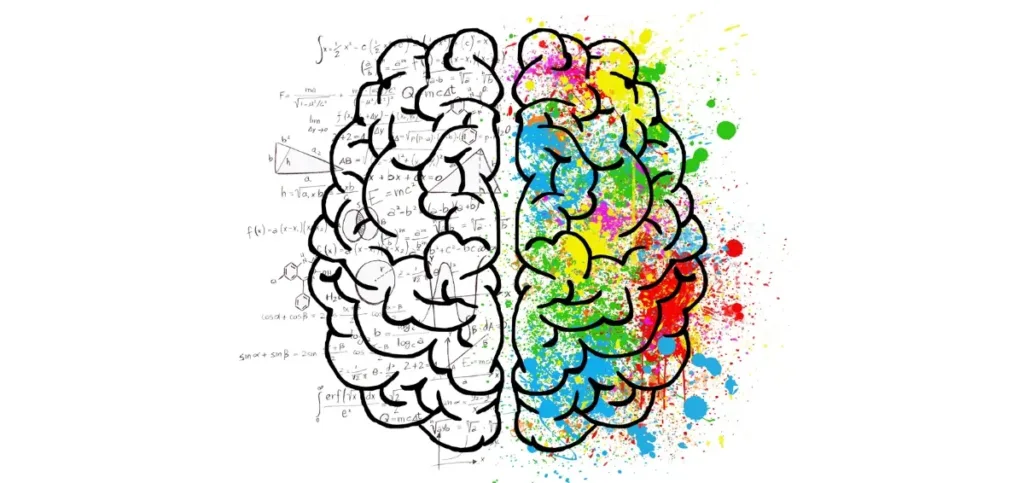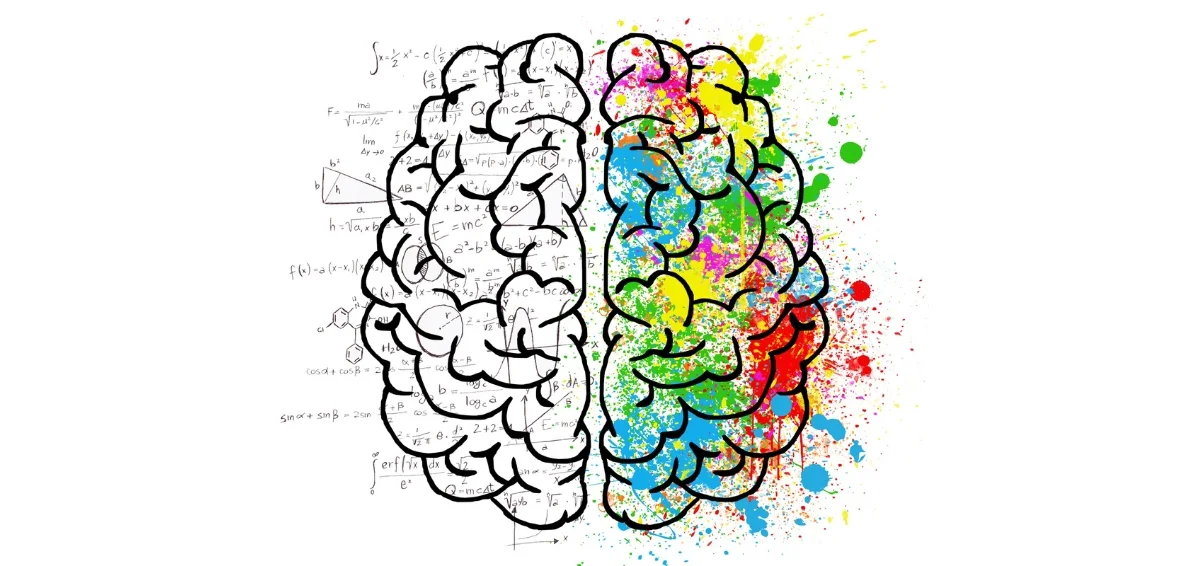
Brainspotting vs EMDR are two well-known techniques that help patients deal with psychological and physical issues. Notably, both of them have proven highly effective in assisting patients to deal with trauma and anxiety. However, both approaches are designed differently. There are significant differences in their working and efficacy. Also referred to as power therapies, they help patients process past trauma and unlock their lost creativity. Comparing both of them will help you get more insights into how they induce change. Keep reading as we closely examine them to learn what they offer.
What Is Brainspotting?

Brainspotting, developed by David Grand in 2003, uses spots in the patient’s individual field. The therapy accesses trauma in the part of the brain responsible for emotions and consciousness. Brainspotting was developed by noticing a patient getting stuck in one specific spot. When the patient was told to remain in this spot, it was found that they could go deeper inside their trauma. This technique works on the principle that trauma feelings are stuck inside the body. It, in turn, causes the patient to experience pain or other issues in that part. Stuck feelings of trauma inside the body cause it to enter into a frozen maladaptive homeostasis. This homeostasis is different from the normal equilibrium that our bodies maintain at all times. Brainspotting accesses this maladaptive homeostasis. It then tries to integrate the body’s processing of the trauma.
Read Also: Lean vs Six Sigma
What Does a Brainspotting Session Look Like?
Brinspotting is a self-directed therapy. Here is how a sample session takes place.
- The patient is asked to make themselves comfortable. They are also given bilateral music, which goes from one ear to another via headphones.
- Next, the patient is asked to find a spot in their body where they feel any kind of pain or distress.
- Now, the therapist guides the patient to find the brain spot. This is the spot where the patient’s eyes tend to focus when they feel extreme discomfort. The therapist uses their finger or some kind of pointing object to help the patient discover the spot.
- This is the stuck spot that the brain spotting therapy targets. Now, the therapist will help guide the patient to access the feelings that emerge. The patient can take some amount of time to process all the stuck feelings and their meaning.
- After the session, patients report feeling like they have had a mental or physical release. They also experience lower levels of distress than what they had when they started.
What Is EMDR Therapy?

EMDR therapy is based on the fact that eye movements can diminish the intensity of traumatic thoughts. Developed by Dr. Francine Shapiro, EMDR uses rapid eye movements to recall traumatic events and reprogram them through positive belief. In this therapy, the patient is asked to think or talk about disturbing events while focusing on the therapist’s finger with their eyes. This is called dual stimulation. Patients with traumatic memories avoid recalling them due to the feeling of reliving them again. But when these memories are triggered, they can interfere with daily functioning. EMDR therapy works to unfreeze these memories so patients can resolve them.
What Does an EMDR Session Look Like?
EMDR session takes place in 8 phases. So, essentially, there is not one but multiple sessions of EMDR therapy.
- EMDR session begins with the therapist helping the patient identify the specific memories they would like to process. The therapist makes the patient aware of the negative beliefs they have about themselves due to the trauma.
- Now, the therapist helps the patient identify particular negative images, feelings, and thoughts associated with the traumatic memory(s). While the patient is identifying these feelings and thoughts, the therapist helps them notice and identify any new thoughts or insights that may occur to them at this point.
- The therapist gauges the effectiveness of the therapy by asking patients in the succeeding sessions about how they feel when they think of the upsetting memories. Ideally, the negative feelings or symptoms that the patient felt earlier should be reduced in the succeeding stages of the therapy.
- Before the session ends, the therapist tells the patient on how to center themselves should the thoughts arise again. They also ask the patient to note down any new observations or thoughts they might get when they are not at the clinic. The patient is asked to communicate these new findings to the therapist in the succeeding session.
- The last stage of the therapy involves the therapist determining their progress. They also make the patient aware of what they can expect in the future and how to handle it.
Major Similarities Between Brainspotting and EMDR

Brainspotting vs EMDR are similar in various aspects. These include:
- Both therapies use music that goes from one ear to another (bilateral stimulation).
- The therapist does minimal talking in both of them,
- Brainspotting and EMDR begin with the therapist asking questions about the traumatic events to the patient.
- Both therapies use eye movements to help patients identify suppressed memories and reprocess them.
- Both therapies use deep breathing and other relaxation techniques to calm the patient so they can access the disturbing memories.
- Therapists in brain spotting and EMDR pay close attention to the thoughts, emotions, and physical sensations that the patient feels. The subsequent therapy actions are governed by the information that the patient gives at this point.
Key Differences Between Brainspotting and EMDR

Brainspotting vs EMDR, although similar in various aspects, also significantly differ from one another.
- Brainspotting is more flexible than EMDR in how it helps patients to reprocess past trauma. EMDR has a structured protocol, and it takes a few sessions for the patient to actually come to the point of reprocessing past memories.
- The patient leads the brainspotting session. This is not the case with EMDR.
- EMDR therapy is based on the patient reliving the trauma. In brainspotting, the patient reprocesses emotions without reliving them.
- During EMDR, the therapist may use a light bar where the light travels from left to right. In brainspotting, the therapist may use a laser pointer to direct the patient’s gaze.
- Brainspotting focuses on a single brain area at once. Contrarily, EMDR tries to use the entire brain.
Read Also: What Happens When You Sleep High
Final Words
Both brainspotting vs EMDR significantly help patients in processing past trauma. Patients undergoing both these therapies have reported similar success rates. At the end of these therapies, many have found absolutely no recurrence of symptoms. To make an informed decision between the two, we recommend you seek the help of a mental health professional. Their guidance will enable you to choose the right therapy for yourself, helping you live life freely and with your full potential again.










